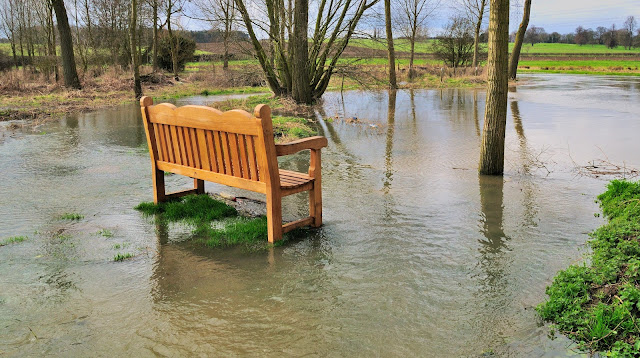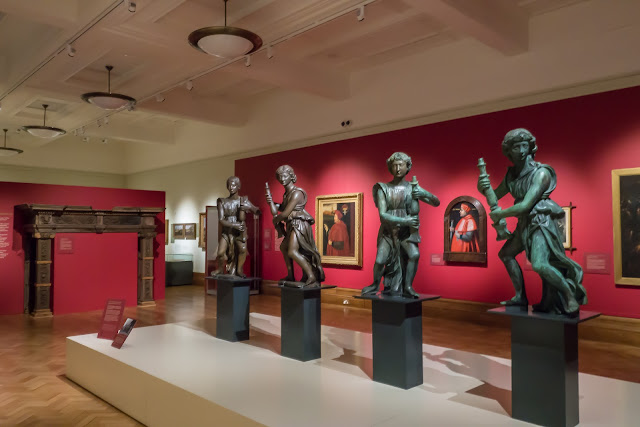Fox Fritillary Meadow is an ancient floodplain. It is the largest of four remaining sites for the snake's head fritillary in Suffolk, and it was to here that we booked to visit to see these beautiful wild flowers. Visiting Fox Fritillary Meadow is by prior arrangement only, and visitor numbers are restricted, so we booked some 2 months back for this year.
According to Suffolk Wildlife Trust:- The Snake's-head fritillary is a most unusual looking wildflower and the UK's only native fritillary species. When in bloom in spring, this flamboyant wildflower is unmistakable. Its nodding purple and sometimes white flowers have distinctive chequer-board markings resembling a snake’s skin. Before it flowers its presence may be overlooked as the foliage is grass-like, but once in flower it is a spectacular sight, forming a wonderful purple haze across the meadow. The number of local names, including Snake's-head lily, Crowcup, Leper's Bells and Chequered Lily, suggest that this was once a common countryside sight
Its first recorded presence in the wild in England was in 1736 and its origin has been debated by botanists ever since. Opinions still vary. Some say it is native, others that it was introduced by the Romans or escaped from Tudor gardens. Whatever its origin, we do know that in the early 20th century it occurred widely in Suffolk's river valleys.
Unfortunately, this attractive plant has gradually disappeared from the countryside as meadows have been fertilized, ploughed, drained or built upon. As they thrive on land that has never been subjected to intensive agriculture, they are now nationally quite rare. Thankfully, we are lucky to have in Suffolk four semi-natural grasslands where it occurs in the wild - three of these sites are SSSI’s and Suffolk Wildlife Trust reserves.
The Trust manages these sites traditionally by hay cutting and aftermath grazing by sheep and this careful management maintains the habitat in which the fritillary can flourish.











































